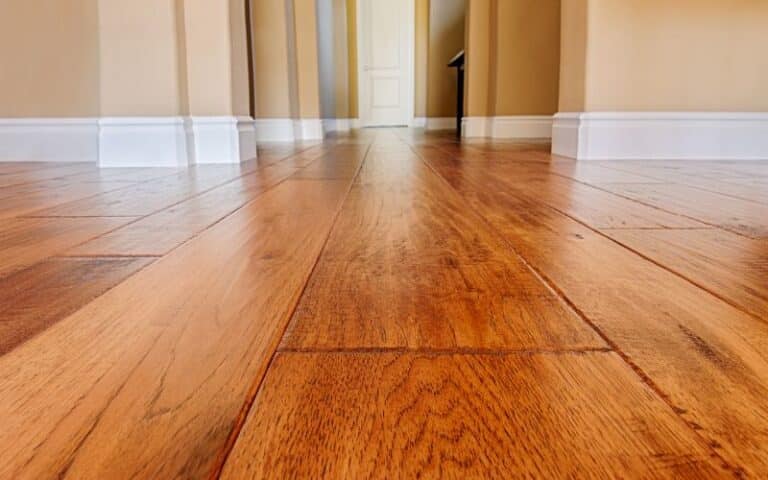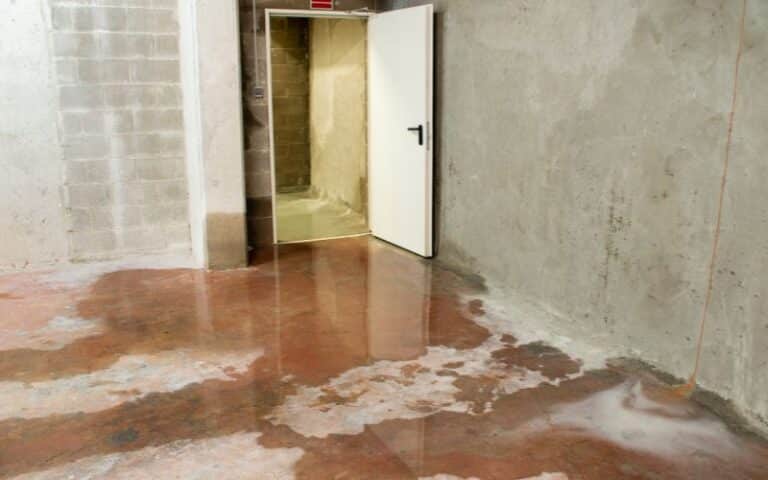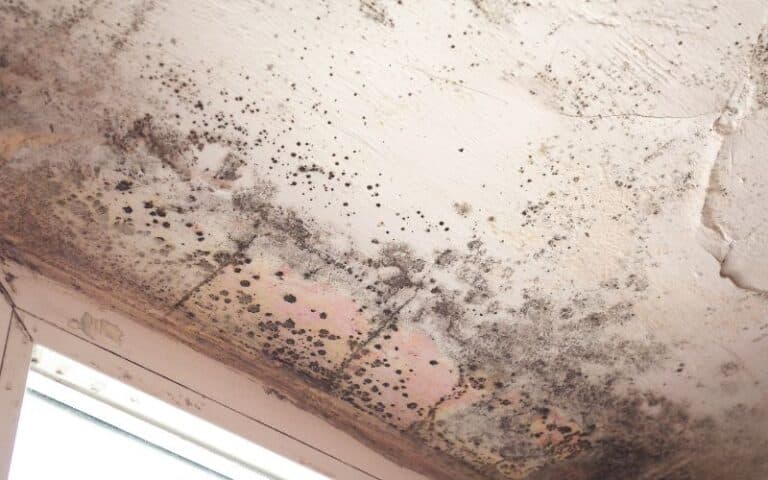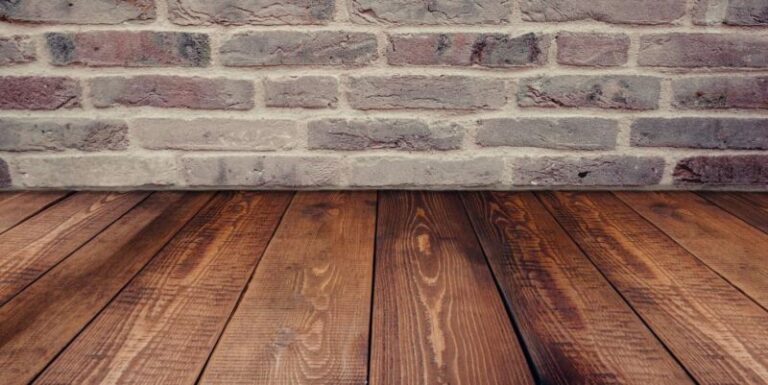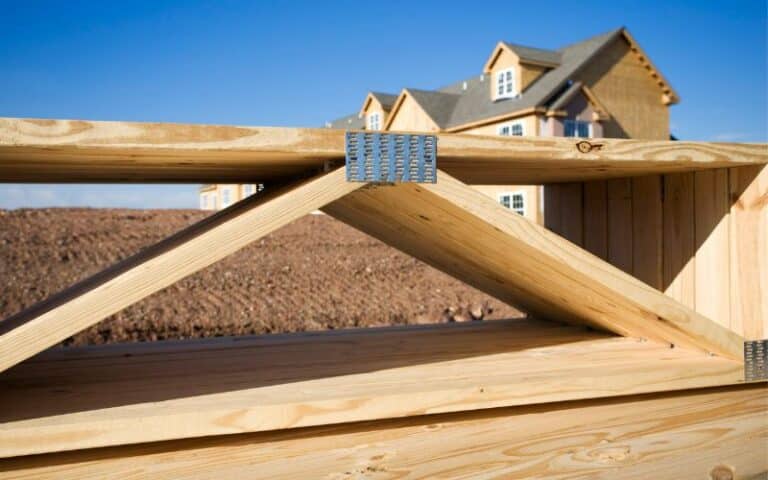The bathroom is a delicate and important part of your house. Construction workers always employ several technics to get a good job done there.
An essential technic is the combination of two or more materials in the bathroom space. When you use vinyl to floor your bathroom, there would be a point where they meet.
This meeting point may develop gaps. These gaps may become large enough to allow water to enter into them. When water gets into these gaps, there might be a problem.
There could be a gap between the bathtub and the vinyl floor. This gap could occur due to improper installation technics by the construction worker or a bathroom floor built on an unevenly leveled surface. In some instances, expansion and contraction of the materials may result in gaps between the bathtub and the vinyl floor.
In this article, I will give you detailed information on how you can fix the gap between the tub and the vinyl floor.
I will also explain the differences between small and large gaps and how to fix them.
Ready for a Flooring Quiz?
Should There Be a Gap Between a Tub and A Vinyl Floor?

Ideally, the bathtub should meet the floor in the bathroom. There should be no space between the bath and the vinyl floor.
The edges of the vinyl floor should meet with the edges of the bathtub. In this arrangement, there should be no space between them.
In many instances, this is not the case. You may find some gaps between the tub and the vinyl floor.
When you notice these gaps, you should close them up immediately because having those gaps is not ideal.
Here are some reasons you should not allow a gap between the vinyl floor and the bathtub.
#1. Gaps Harbor Insects and Pests
It would be best not to allow gaps between your bathtub and vinyl floor due to the chances of harboring insects and pests.
Insects and rodents can creep into those spaces and find a home for themselves. Many insects and pests enjoy the moisture in the bathroom.
Many insects like silverfish, earwigs, and cockroaches prefer moist environments. When you allow a gap to remain, they will get into these gaps and multiply.
After the insects increase in the gaps between the vinyl floor and the bathtub, they tend to attract rodents who enjoy the moisture but feed on the insects.
These insects and pests live beneath the subfloor where the water leaks into. Whenever there is a gap, ensure that you seal it off immediately.
#2. Water May Leak Into Gaps
whenever you notice a gap between the vinyl floor and the bathtub, an immediate reason why you should not allow the gap is that water may leak into these spaces.
These leaks may be from an overfilling tub, a leaking pipe, or both. These leaks may go unnoticed because the gap opens to the subflooring.
The water may accumulate on other parts of the floor or harbor insects and pests. Over time, molds may begin to grow underneath the subfloor.
#3. Formation Of Molds
Black molds are dark discolorations you may find on the subfloor of your bathroom. These discolorations are spores or spore-forming organisms that grow in dark and damp regions.
A mold is a type of microorganism that grows on many surfaces. This microorganism belongs to a class of living things called fungi.
These fungi grow and spread on surfaces when they come in contact with favorable conditions.
A subfloor is any material that provides extra strength and rigidity to your flooring. These materials could be made of wood or concrete.
The subfloor is sandwiched between the top layer and the lowermost layer of the bathroom floor. This space admits a leak from the bathtub or a broken plumbing system in the bathroom.
Black molds on subfloors are dangerous; aside from altering the looks and damaging your flooring, they pose great health risks and hazards.
When you inhale the particles from black molds, you may come down with a range of illnesses that could be mild or moderate.
This sickness occurs because the fungus triggers an allergic reaction in your immune system. After inhaling particles of the black mold, the black mold produces some toxins.
The toxins are called mycotoxins and can be dangerous when they circulate in your body.
As a result of the circulation of these mycotoxins, you may begin to have symptoms of coughing, sneezing, nasal congestion, and irritated eyes.
How To Seal Small Gaps Between Your Tub and Vinyl Floor?
You can seal small gaps between the bathtub and the vinyl floor. These gaps may measure between 1- 5 centimeters in width.
When you have gaps of these sizes, here are ways with which you can seal them:
- Applying caulk
- Installing a quarter-round.
#1. Applying Caulk
You can apply caulk to small gaps to seal them off. These gaps may be unnoticeable or as large as 5 cm.
A recommended caulk is pure silicone caulk. This caulk is a premium caulk that has an effective water resistance capacity.
Here is how to apply the caulk on you’re the gap between the vinyl floor and the bathtub:
- Gather all the tools you need
- It would be best to have a razor blade scraper, caulk remover, putty knife, gun, and shop vacuum.
- Clean the surface and ensure it is free from debris; smoothen it with a shop vacuum if necessary.
- Mask off the surfaces outside the reach of the caulk. The tape should be tight so that it does not fall off.
- Press down the tape. The pressure will ensure the caulk does not slip off the required edges.
- You can now apply the caulk to the gap you intend to seal. You can apply the caulk using a caulk gun.
- It would be best if you placed the tip of the caulk gun at an angle of 45 degrees to the gap. Ensure that you squeeze the gun hard enough to force the caulk out in a jet-like manner.
- Using some light pressure with a rag, smoothen the caulk you have applied.
- Slowly pull off the masking tape. Carefully remove the tape to avoid soiling your caulk or the areas where the caulk was not applied.
#2. Installing A Quarter Round
Another perfect material to seal a small gap between the vinyl floor and the bathtub is applying a quarter-round to the gaps.
Here is how you can seal a small gap with a quarter round
- Gather the material you need to complete the task. These materials include a saw, hammer, finishing nails, and a latent sealer.
- Cut the molding to the appropriate length you intend to use.
- Lay the quarter-round molding against the vinyl floor to seal the gaps. There might still be some minor openings; these openings would be sealed.
- Carefully hammer some finishing nails to quarter round on the floor. Apply the nails around the gap to hold the quarter round in place.
- Finish the application by applying a sealant all around the edges of the quarter round. The sealant will seal any other gap and opening the quarter round may have missed.
- Cover the nail heads with sealant or caulk. This sealant masks the nail head and gives you a perfect finish.
- You can decide to paint the quarter round after you have placed them to fill the gaps. The quarter round can be easily painted.
- It would be best to allow the sealant to dry before painting it.
How To Fix Large Gaps Between Tubs and Vinyl Floors?
You can have large gaps between the tub and the vinyl floor. These gaps require different technics and materials to fill them up.
A large gap may measure any length above 5 cm. These gaps are usually noticeable and may be more problematic.
Here are two common ways to seal a large gap between the tub and the vinyl floor:
- Apply A Caulk Backer Rod
- Apply A Marble Stip.
#1. Apply A Caulk Backer Rod
Applying a caulker alone will not sort out the problem when the gap becomes too large. What you need is a caulker rod.
The caulk backer rod will fill in the large gaps, and you can use the caulk to seal the edges. Installing a caulk backer rod is the same as applying a caulk.
The difference, however, is that you will place the rod between the gap and then apply the caulk around the rod to keep it in place.
The rod is meant to fill the gap before applying the caulk material. The caulk backer rod remains in place after you have applied the caulk material.
#2. Apply A Marble Strip
Marble molding is another excellent material that you can apply to seal a large gap.
Stacking in some marble strips and applying cement at the end for a large gap is much easier.
Extremely large gaps may require so much caulk. Marble molding is a cheaper alternative. It becomes a viable option when you have a strip the same color as the vinyl floor.
You can get a polished marble strip to fit the color of the vinyl floor. These matching colors will maintain the consistency of the colors in the bathroom.
To install a marble strip, you will need the services of a professional.
The following table summarizes the effective techniques to seal a gap between the tub and the vinyl floor.
| Size Of Gap | Effective Technic |
|---|---|
| Small sized gap | Applying caulkInstalling a quarter round |
| Large size gap | Applying a caulk backer rodApplying a marble strip |

